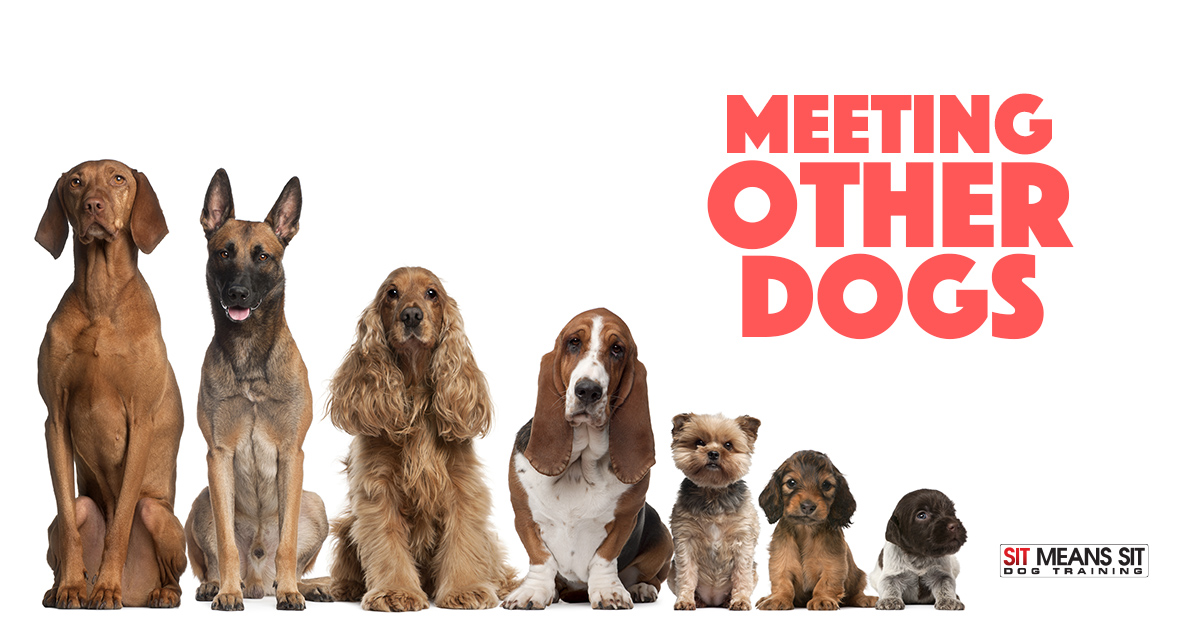
Introducing Your Dog to Other Dogs
Just like us, dogs are social creatures. This means that they love spending time with dogs and humans alike. Befriending other dogs is crucial for your dog’s cognitive and social development, but it isn’t always easy for our dogs to make new pals. Read on to learn more about how you can help your dog form new bonds with their fellow canine companions.
Use Your Connections
The best way to get your dog to make some new friends is to connect them to your own friends! You probably have at least a couple of friends, family members, and coworkers that own dogs. Use these connections to make friends for your dog, too! Set aside some time for a doggy playdate or a walk in the park together. If you don’t have any friends or family members that own dogs, try going to your nearest dog park and making new friends for yourself and your doggo.
Let the Dogs Lead the Introduction
Introducing dogs is the first step to building them strong social connections, but you should always make sure you’re not putting your dog in a situation that makes them uncomfortable. If they seem like they don’t like another dog, don’t force them into the interaction. Instead, let your dog sniff around and make their judgments of the unfamiliar dog. If they show signs of discomfort or distrust, maybe it’s best to find another dog to introduce your pup to.
Watch Your Dog’s Body Language
Speaking of watching your dog’s signals when they meet other dogs, observing their body language is one of the best ways to understand how your dog feels about another new face. If it seems like your dog’s hair is standing up on their back, their teeth are bared, they’re growling, or they seem to be in a stare-down with the other dog, you should intervene by interesting your dog in something else. If they look uncomfortable or threatening, it’s a good sign to get them away from the other dog.
Introduce Dogs in a Neutral Space
Outdoors is the best place to introduce dogs so they feel comfortable and they know that they’re not taking over the other dog’s territory. Walk the dogs far enough that they can see each other but are not too bothered by the other dog’s presence. If the dogs seem comfortable enough with each other at this distance, reward them with treats. Then when your dog looks at the other dog, reward them with more treats. Gradually, your dog will positively associate the rewards with the other dog and will be more likely to engage with them in a positive way.
Making friends for your furry friend can be a difficult task, but with patience and care, they’ll have plenty of new dog friends in no time.
